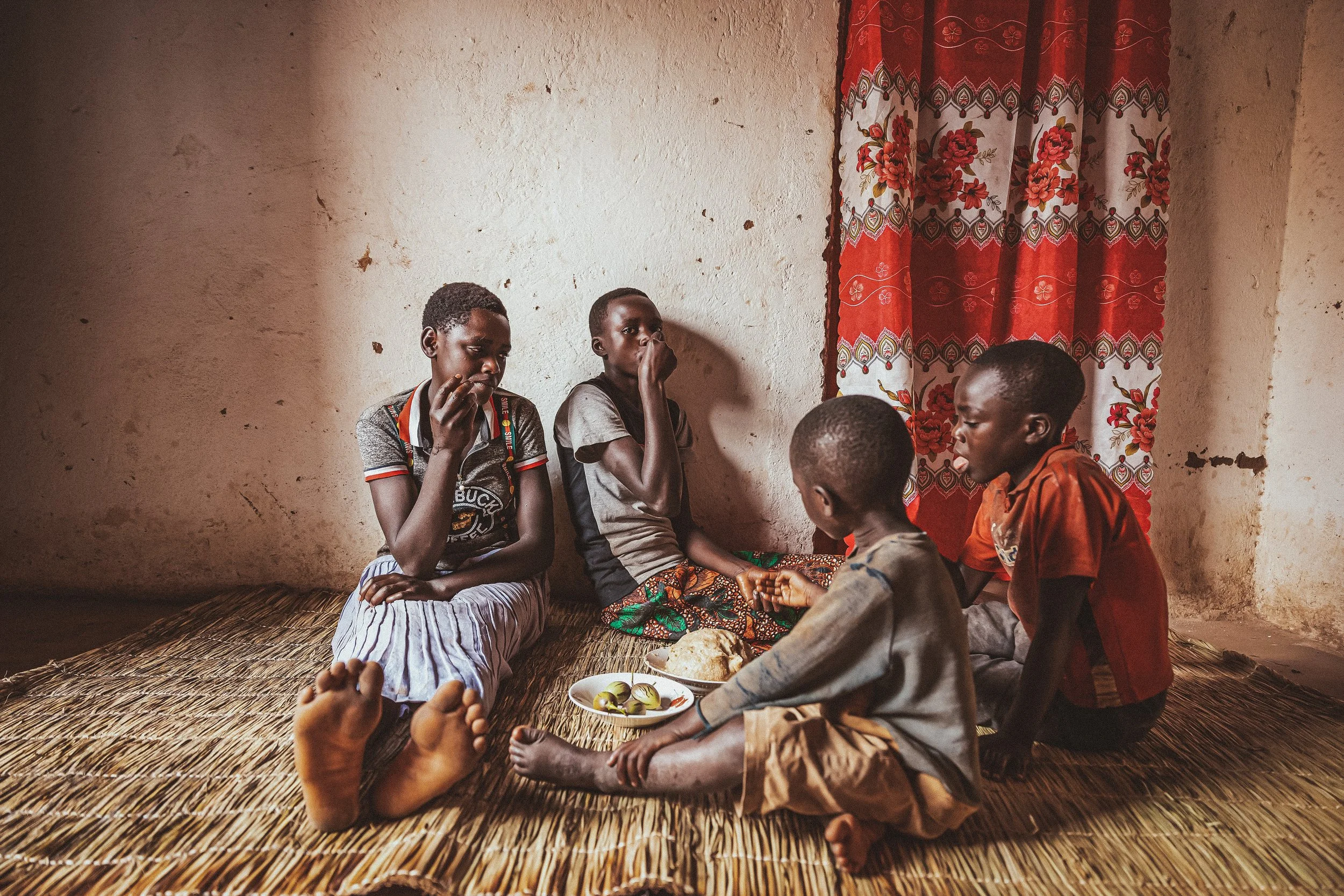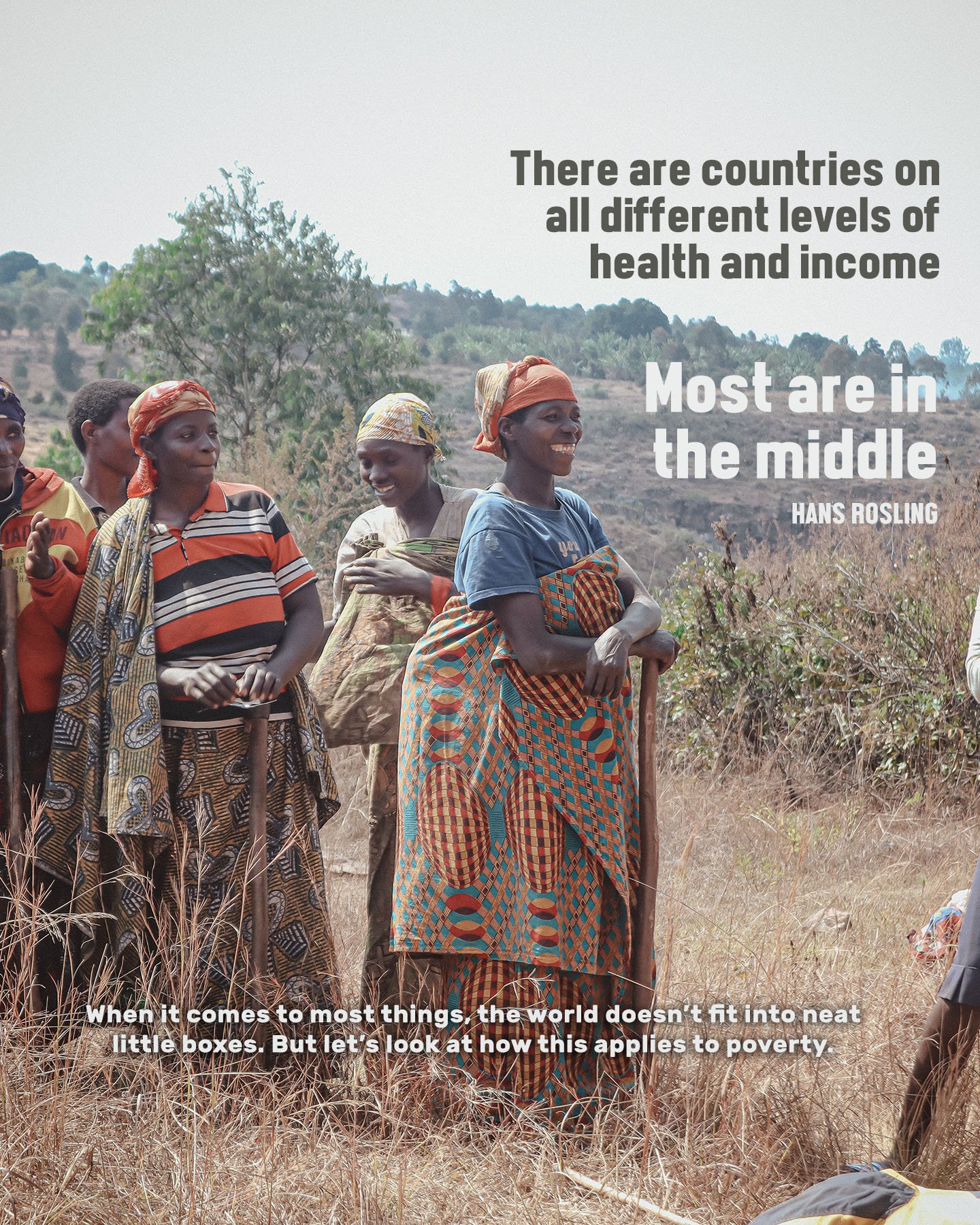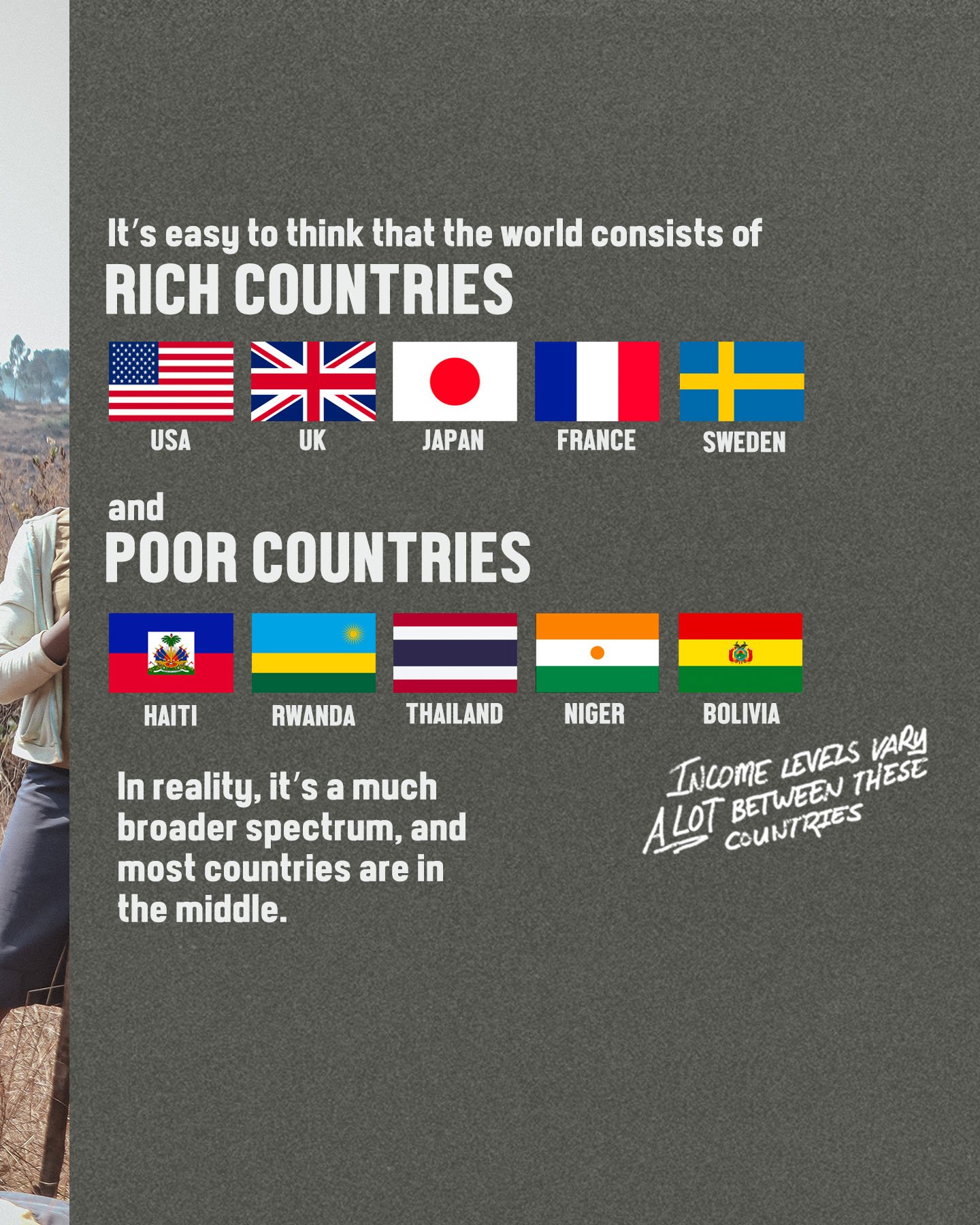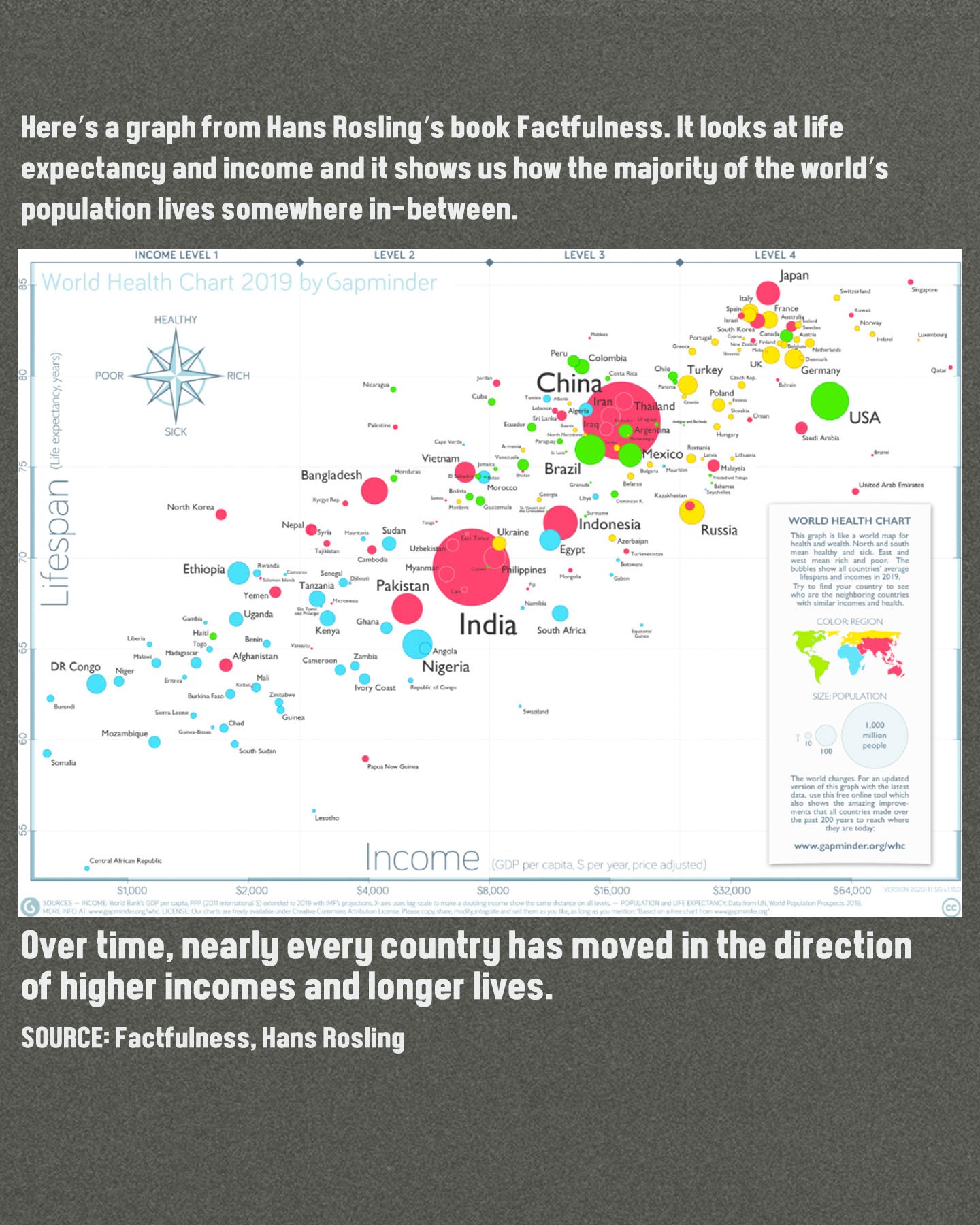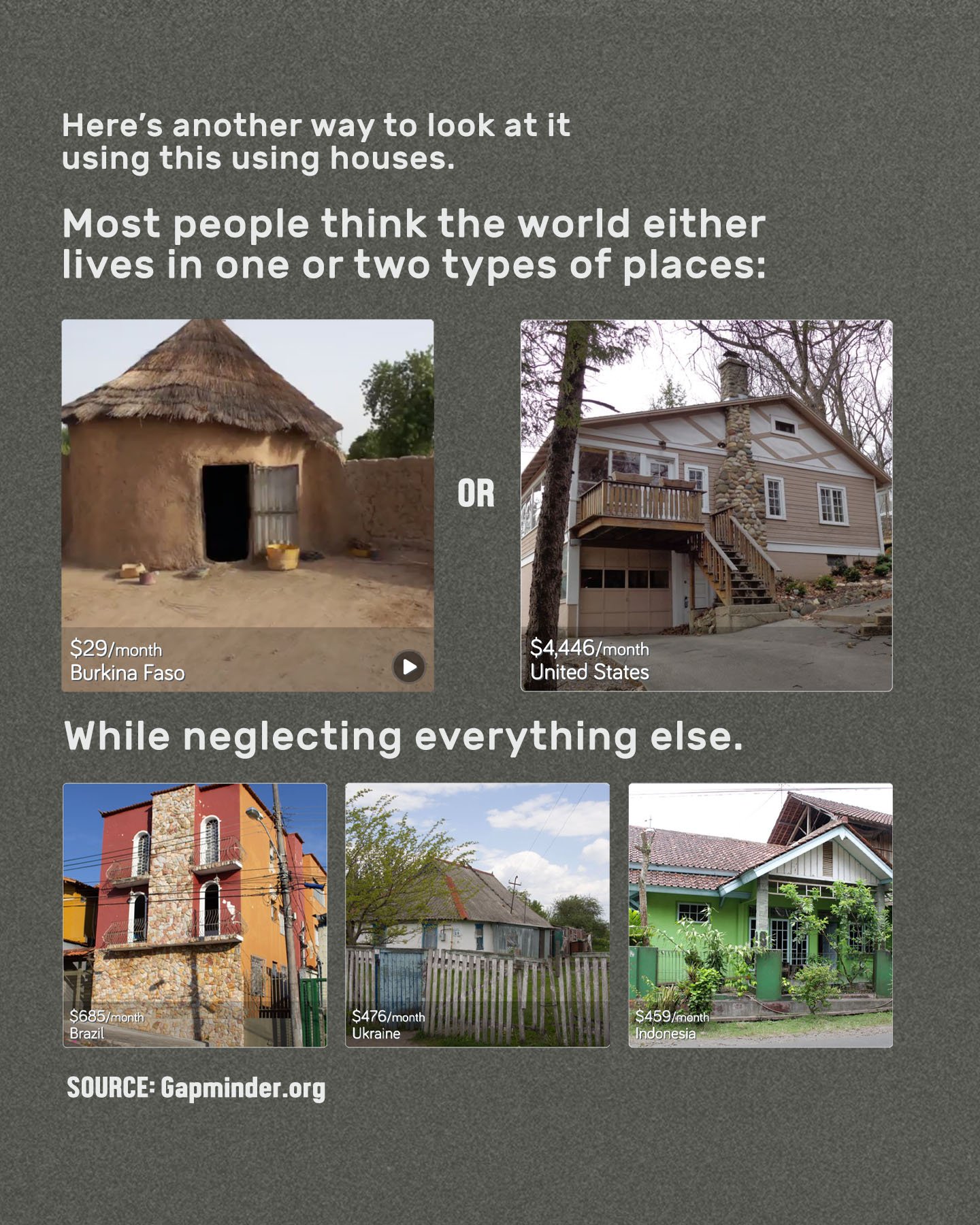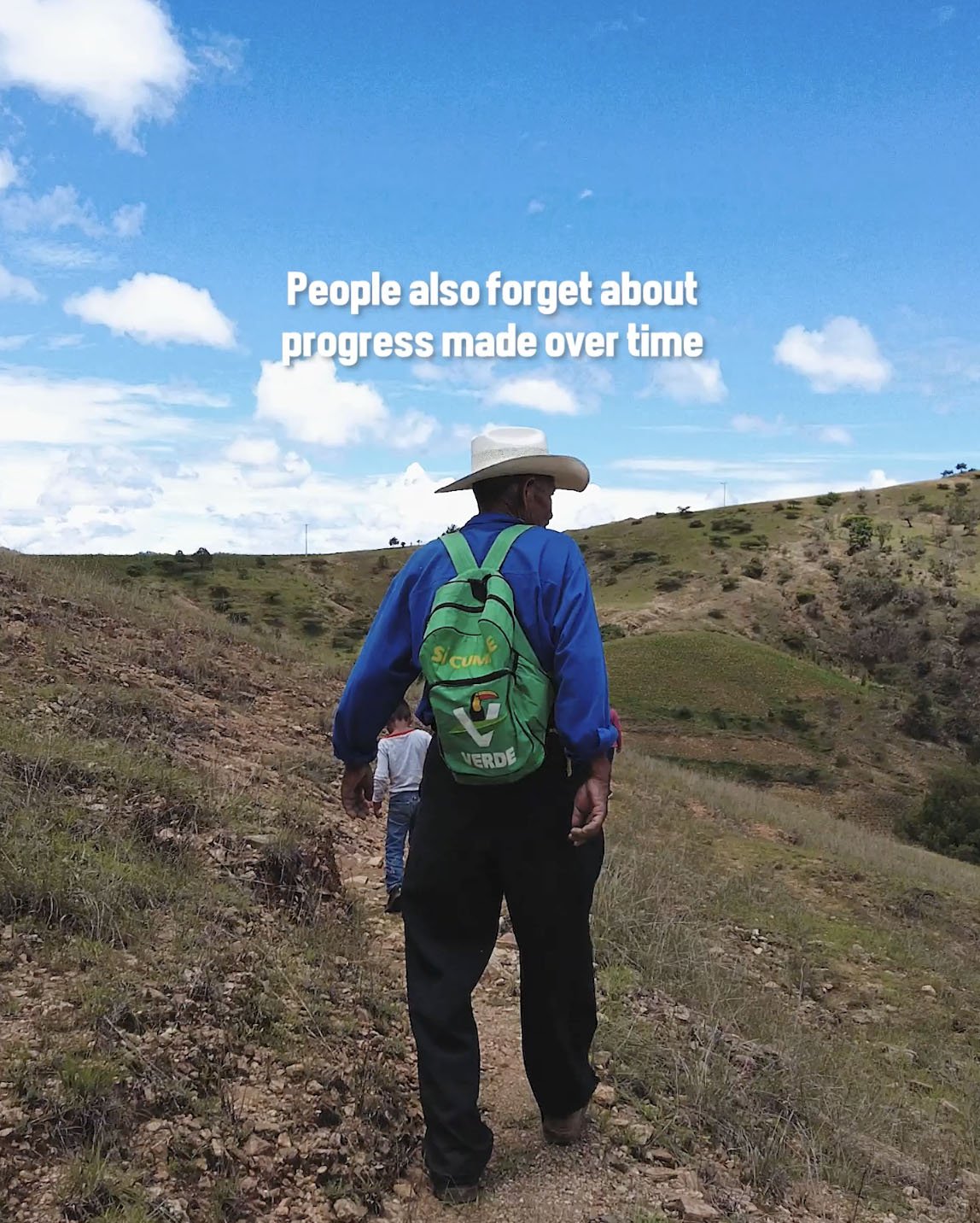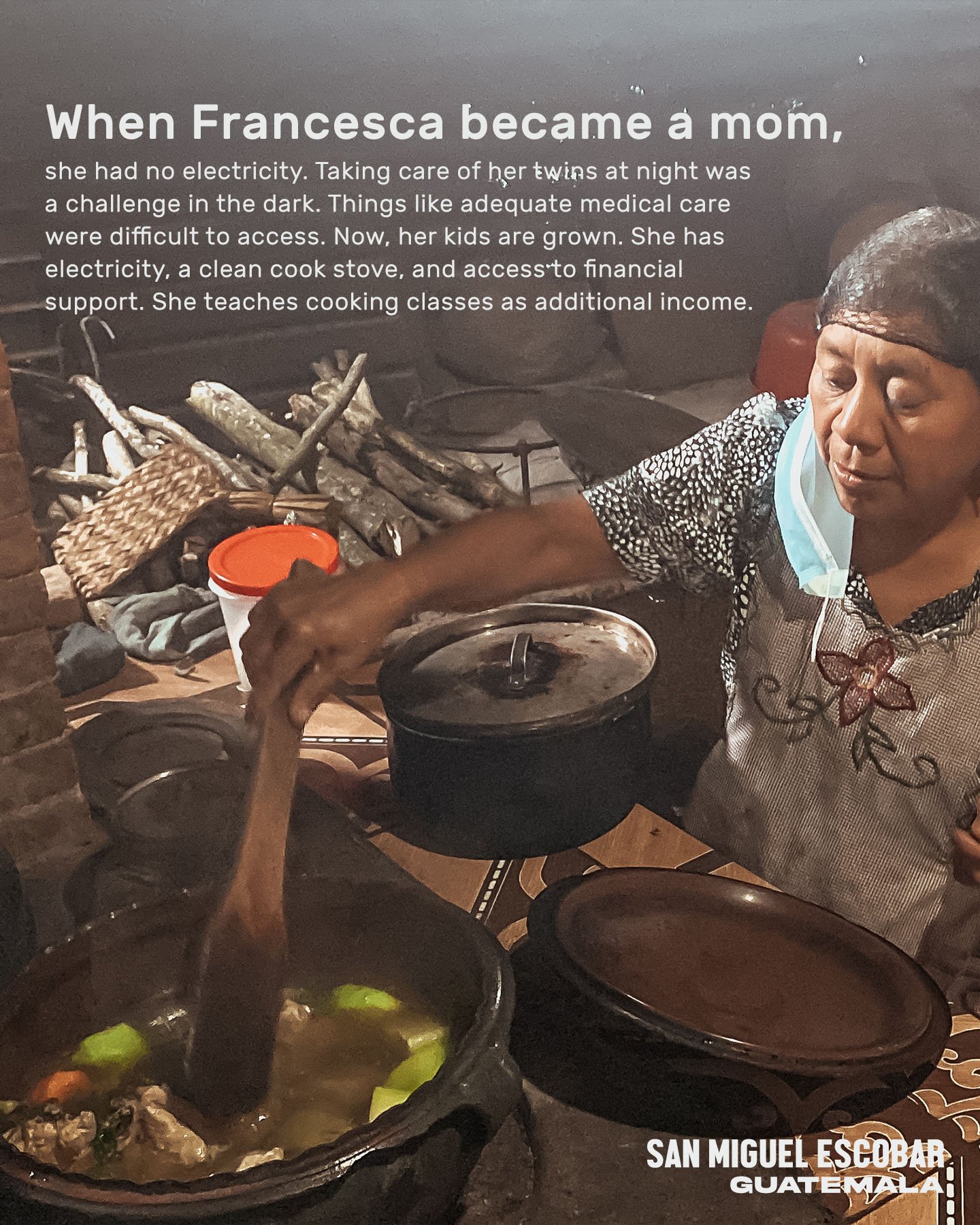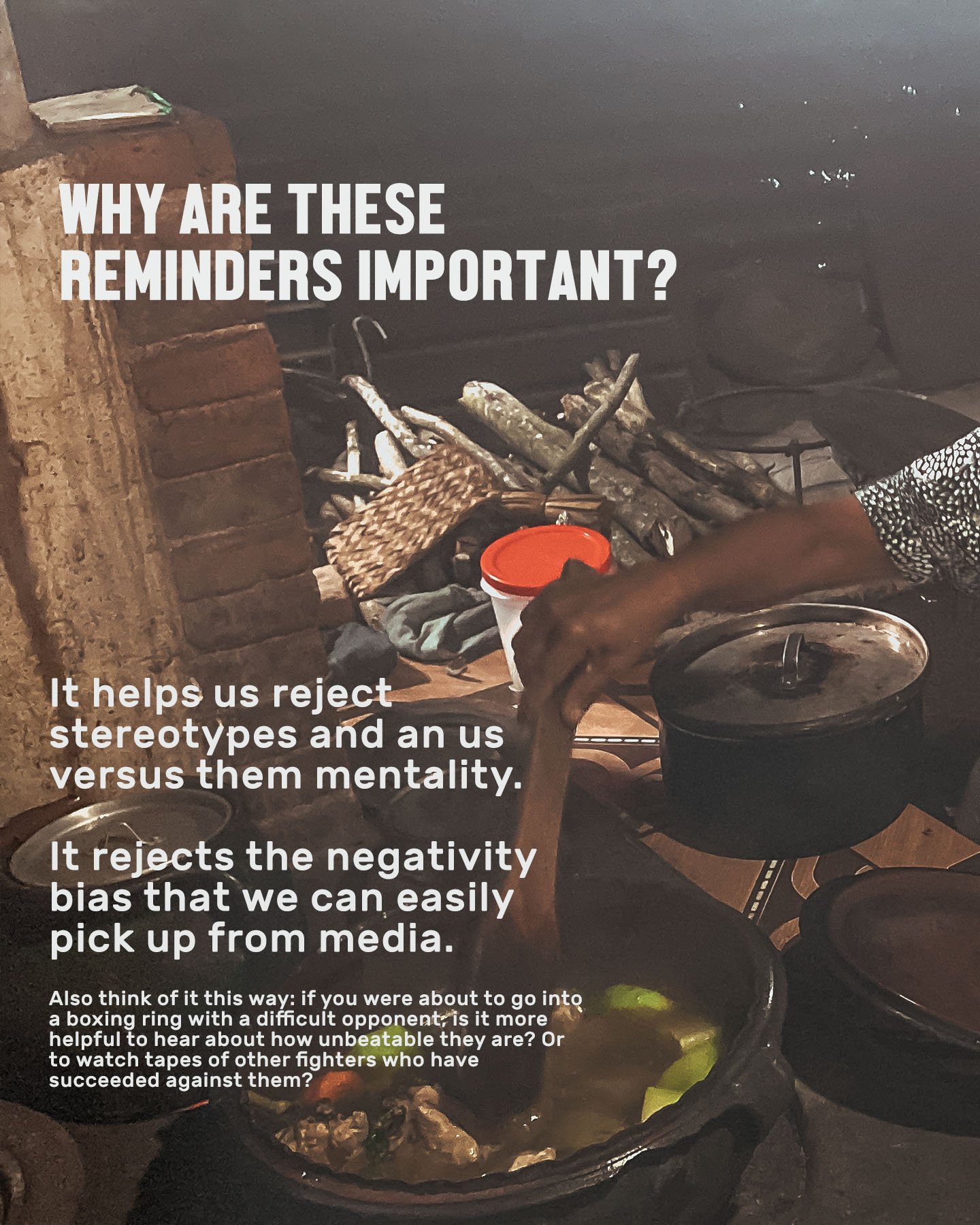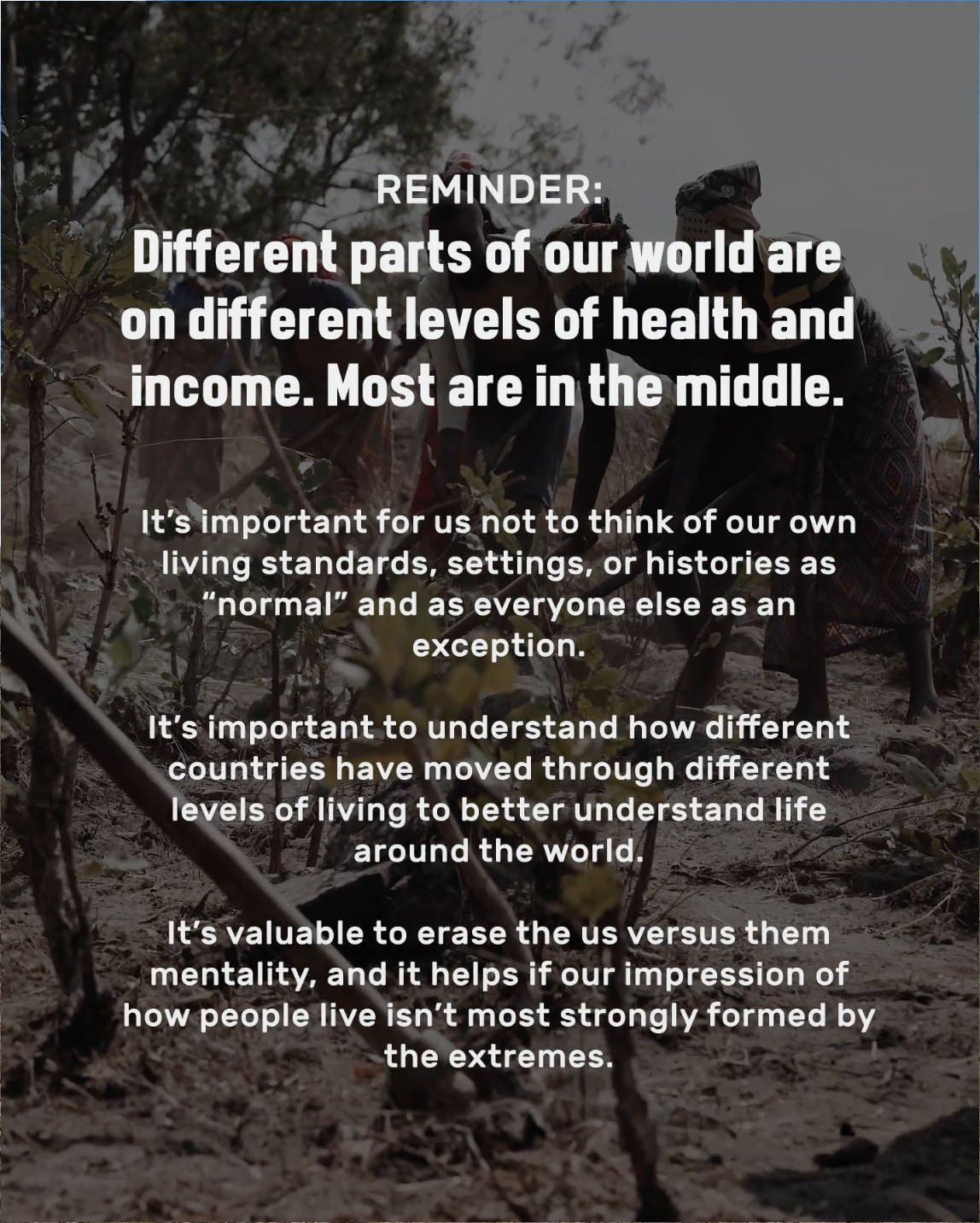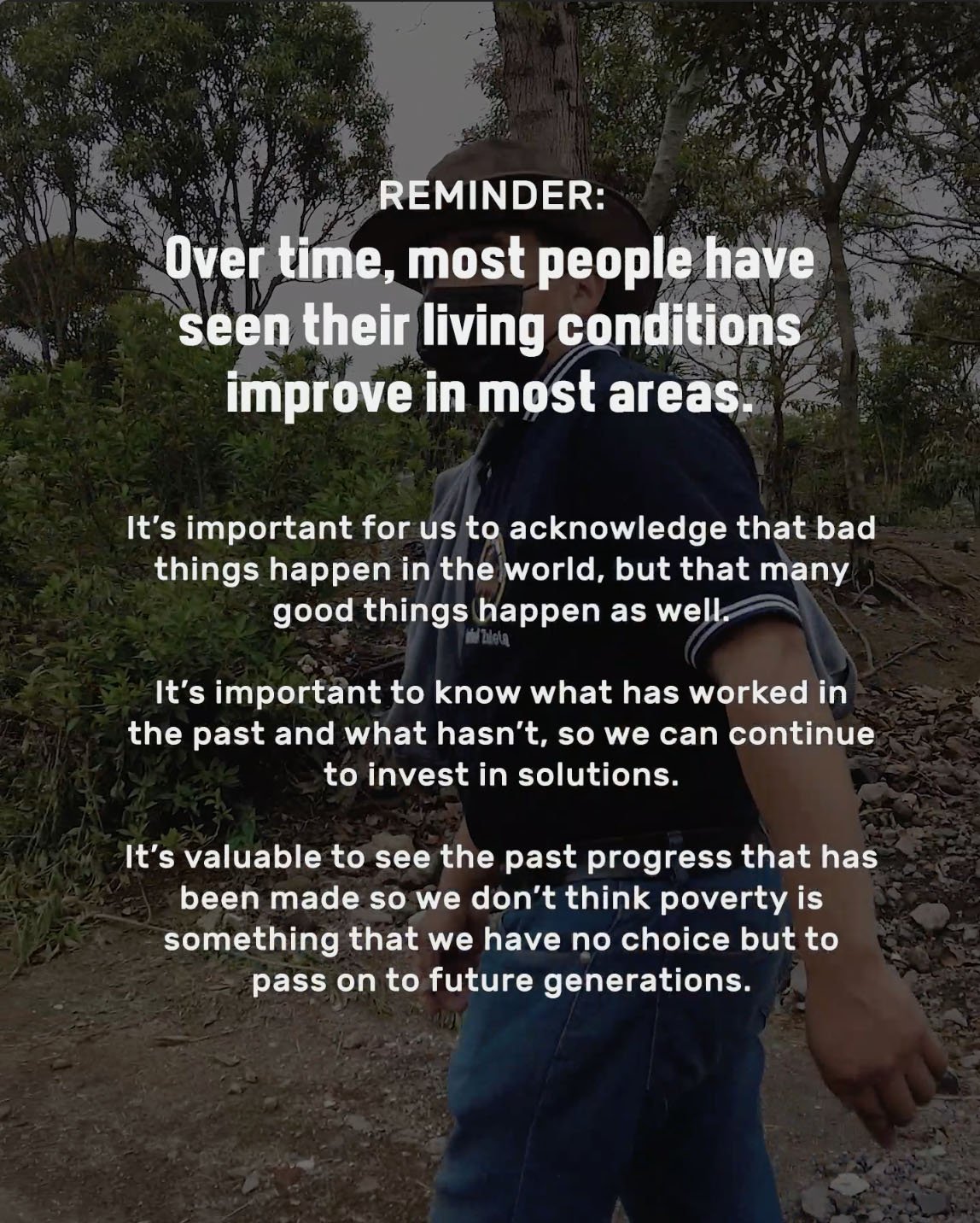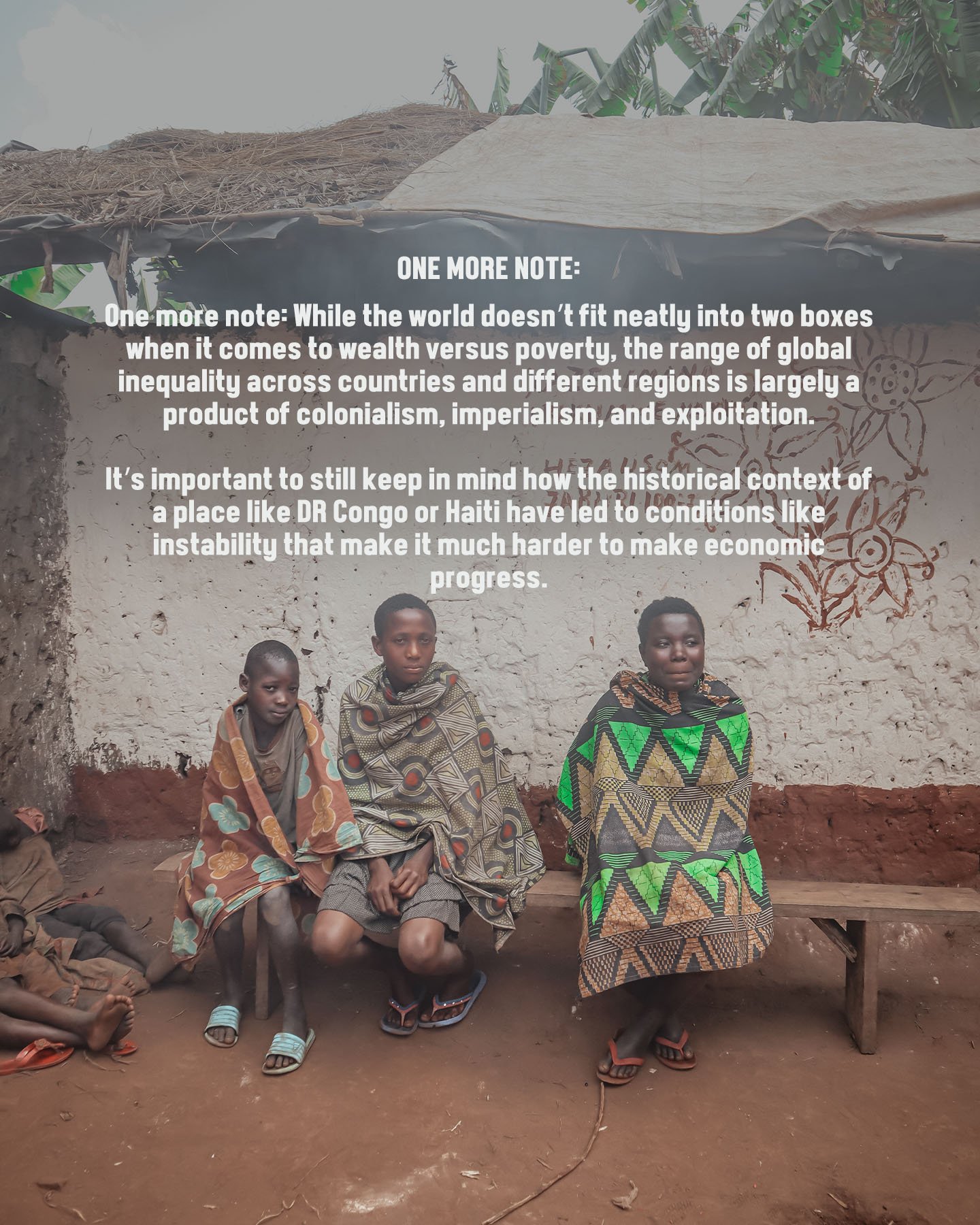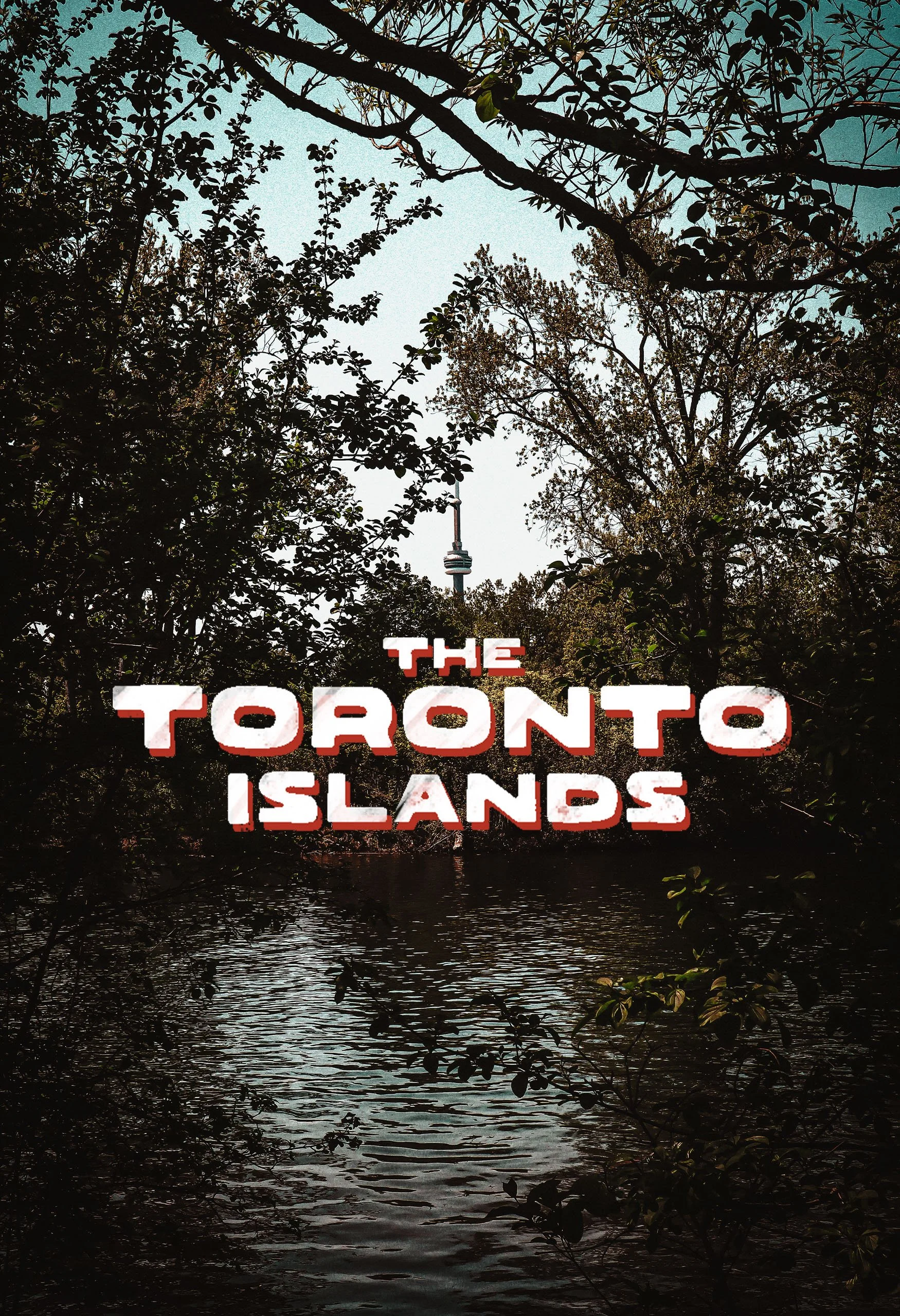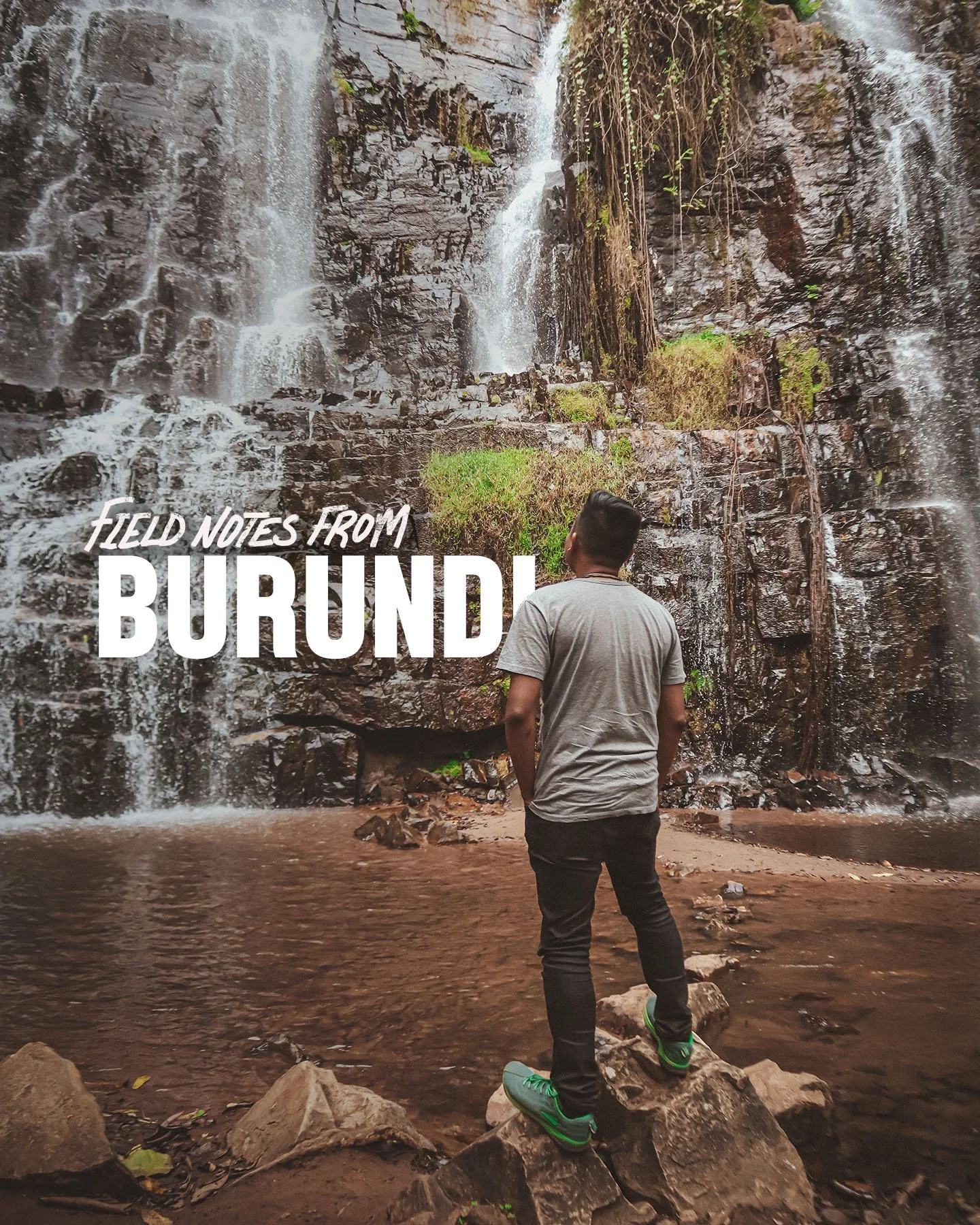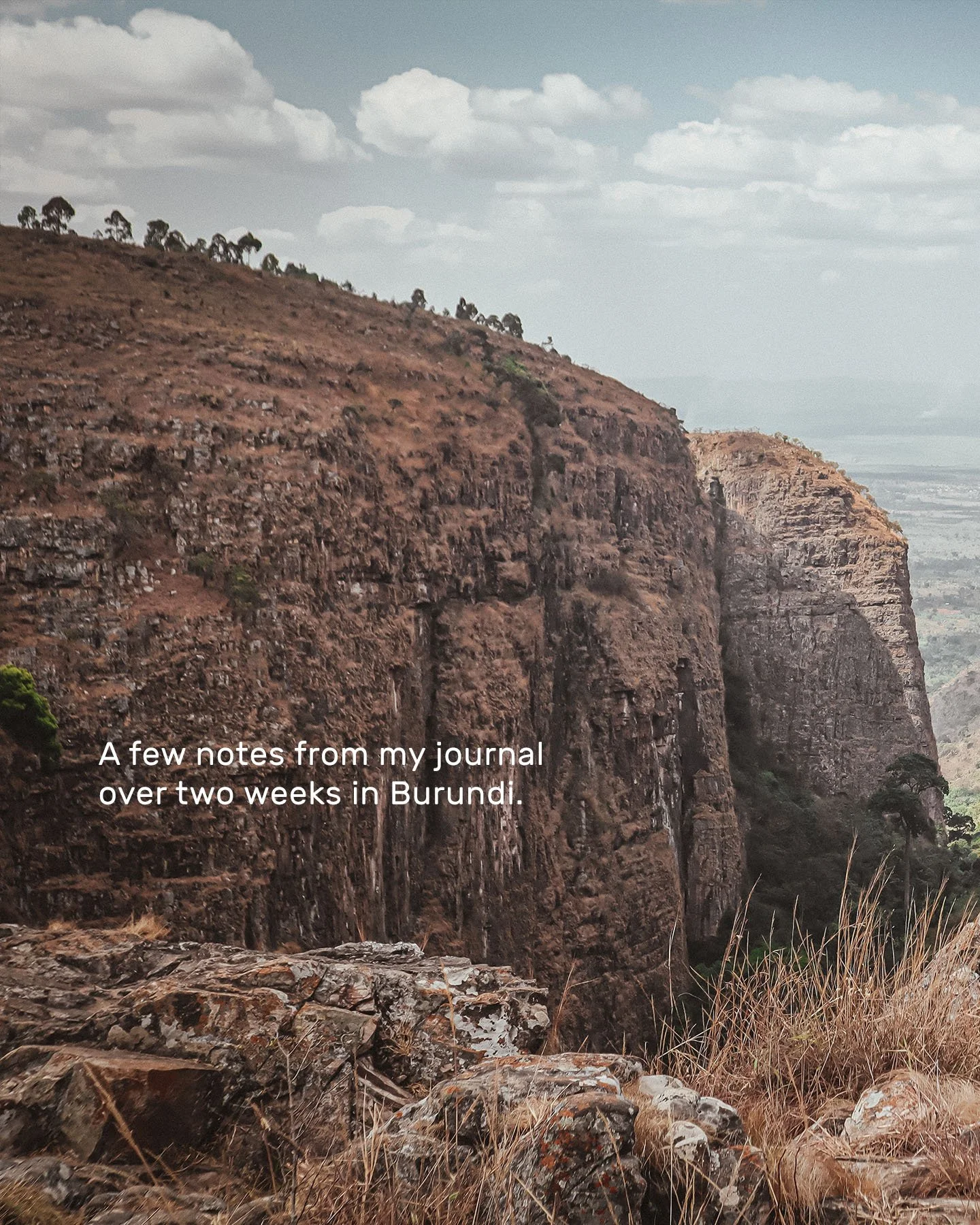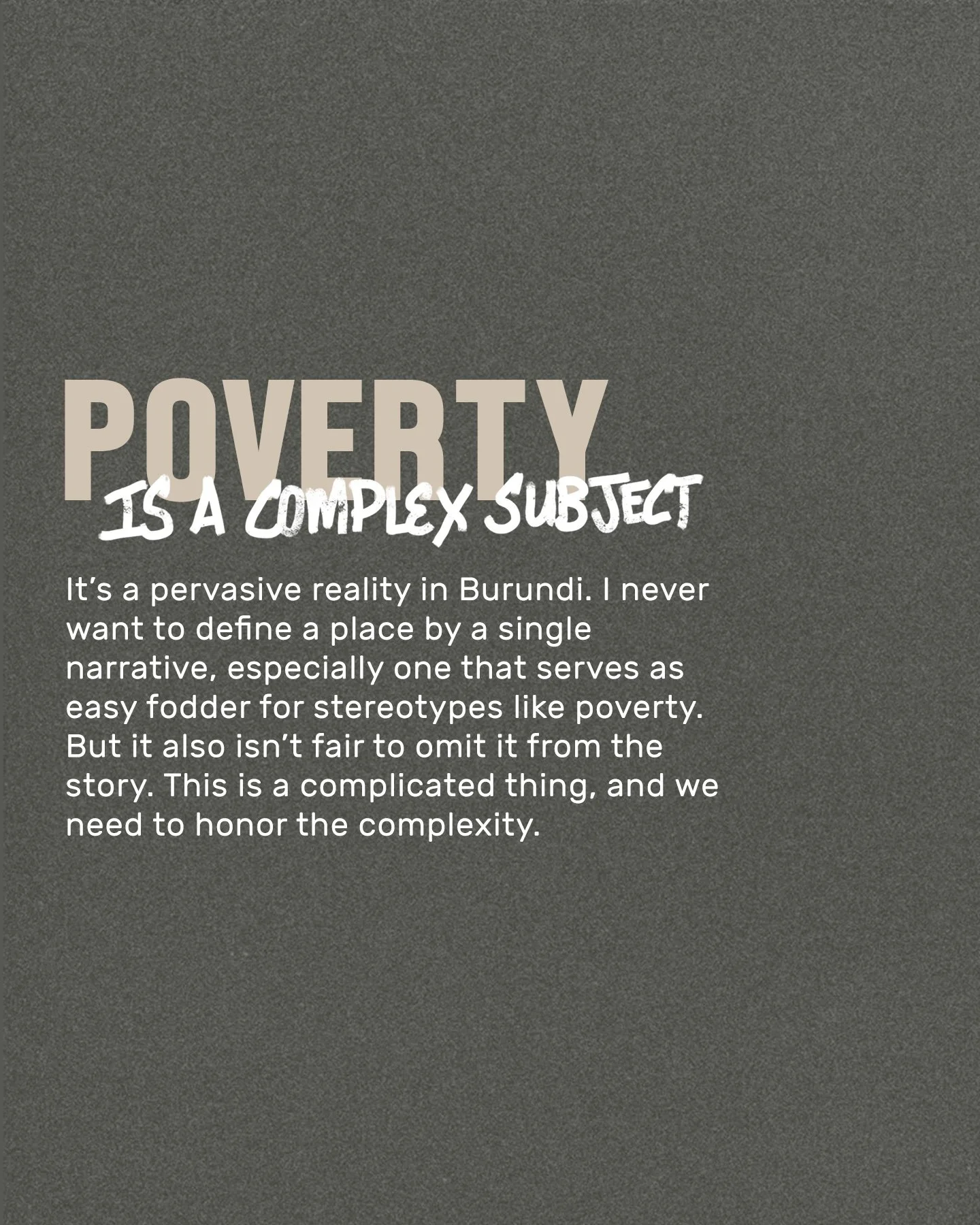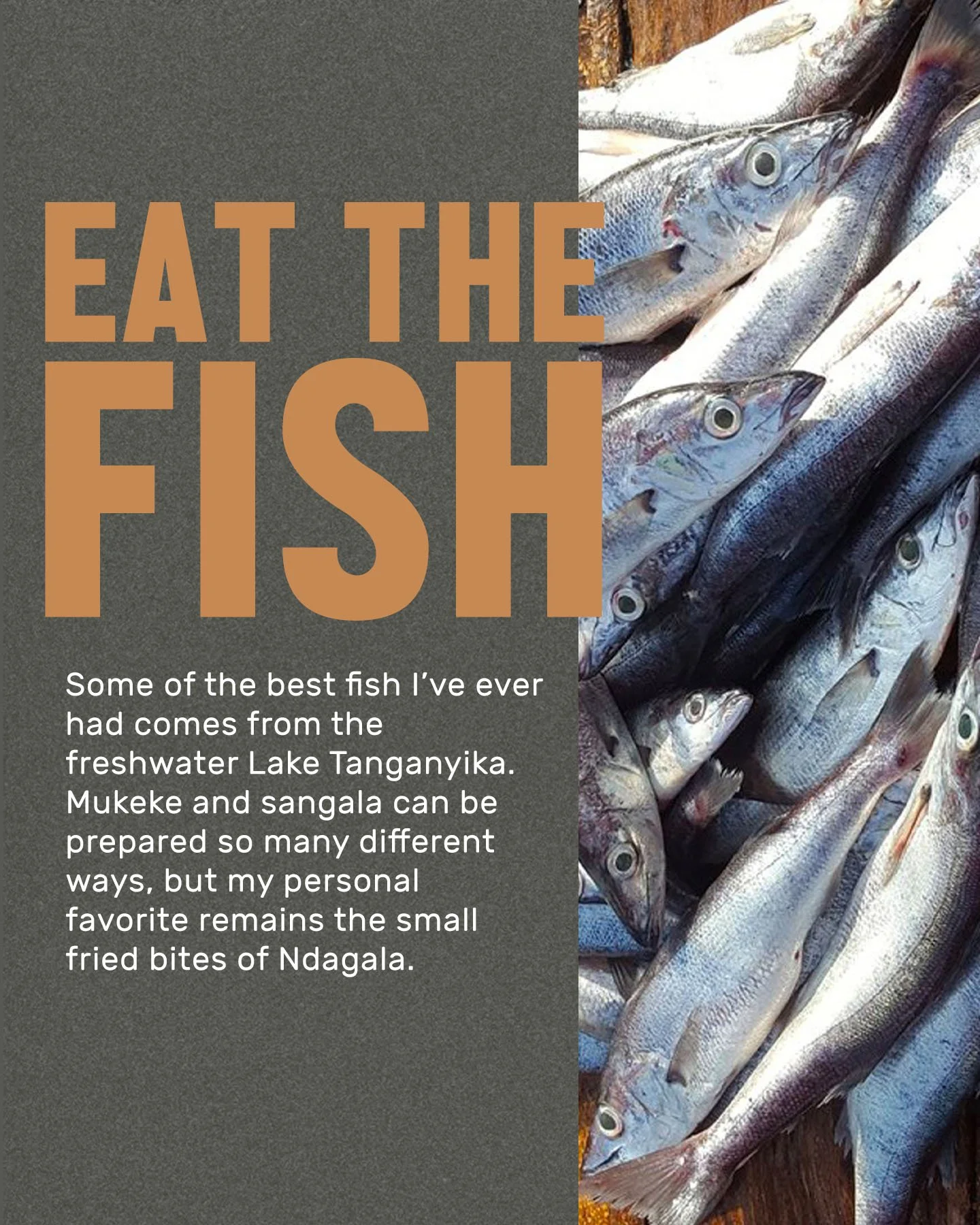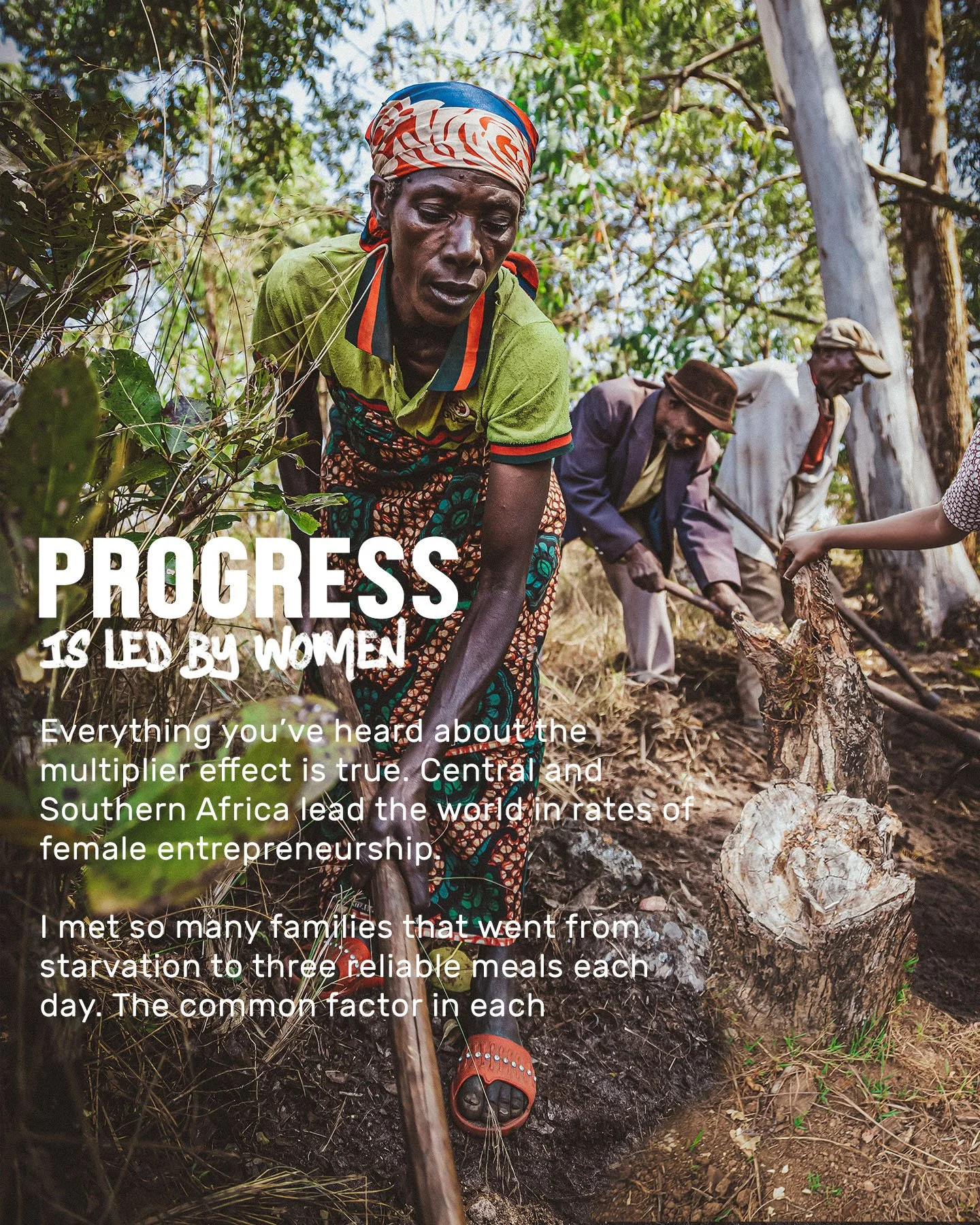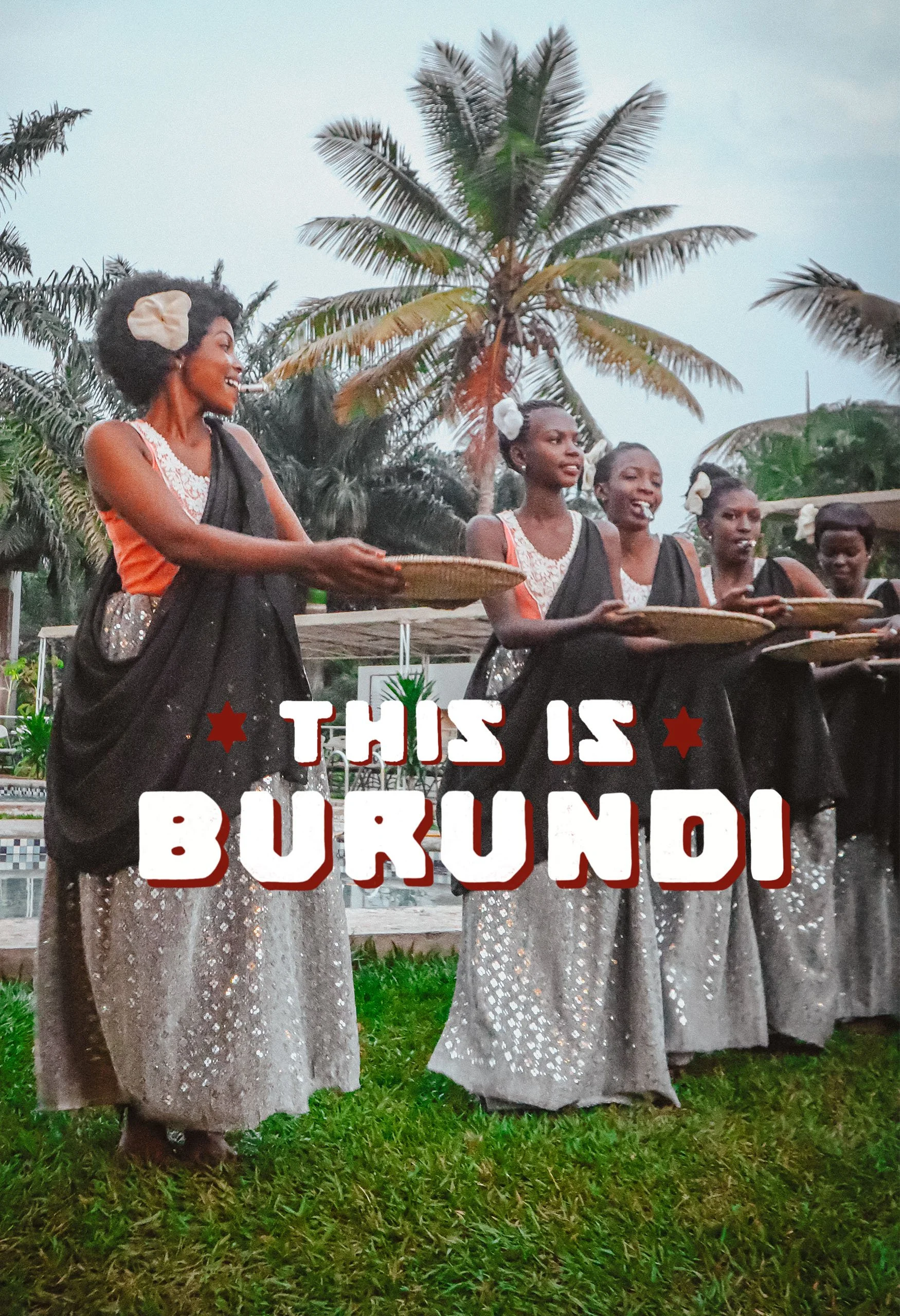Seems like a good time for a little reintroduction for any new faces around here!
🇵🇭 I’m Philippe, I was born in Illinois and grew up in Philadelphia and San Diego, the latter of which is currently home. But! I have also been shaped by Filipino ancestry and other places I’ve lived, including: Argentina, Oregon, South Africa, and Italy.
🌳 I married my best friend from college, Deanna, and somehow it’s been 7 years already! We’re raising three kids under the age of three, so things are always pretty wild.
🏕 I absolutely love nature and travel. Basically, I love people and places. I’ve found that efforts to protect nature and preserve culture are deeply intertwined.
🌍 I’m passionate about ethical storytelling, especially for climate and social justice organizations. I’ve worked in that space for ten years.
🥭 A lot of the work I do is tied to serious and heavy topics but I honestly prefer to not take myself too seriously. I think that’s why one person I’ve really looked up to is Desmond Tutu. Dude took on apartheid while subversively giggling.
🎥 When I travel I love to make videos investigating things that have deeper origins or stories than we often realize, like mezcal, recycling, or moss! Did you know zombies originate from Haiti? I would love to make a whole docuseries on stuff like that someday.
✏️ You’ll probably see a lot of my visual art on here. I started using digital drawing as a form of wordless prayer for some of the heavy things going on in the world. I also use it to celebrate bits of culture and life.
🏔 I’m pretty motivated by how life is a pretty miraculous gift but also by how quickly it goes. I enjoy pushing myself and so at least once a year I try and do 1-2 big bucket list level things. This year I checked off visiting my 50th state: Alaska. Soon? Maybe a food-focused visit to India or getting a traditional Filipino tattoo.
🗺 I also try to ‘always be a rookie’ by always having something in my life I’m a total beginner at. Recent rookie year projects have included: boxing, Japanese cooking, and making animated maps on AfterEffects.


















